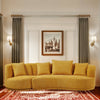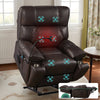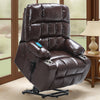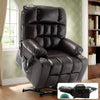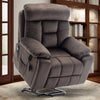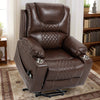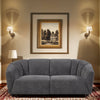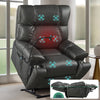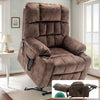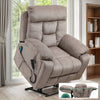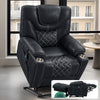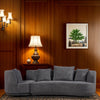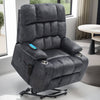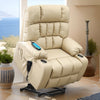The Evolution of Convertible Sofas in Modern Design
The history of convertible furniture
Convertible furniture has a rich history dating back centuries. Early examples include Murphy beds and folding chairs. These pieces were designed to save space in small homes. As cities grew crowded, the need for multi-use furniture increased. In the mid-20th century, sofa beds gained popularity. They offered a dual-purpose solution for small apartments. The design was simple: a couch that could transform into a bed. Over time, these pieces became more comfortable and stylish. Manufacturers improved mechanisms and materials. This led to smoother transitions and better sleep quality.
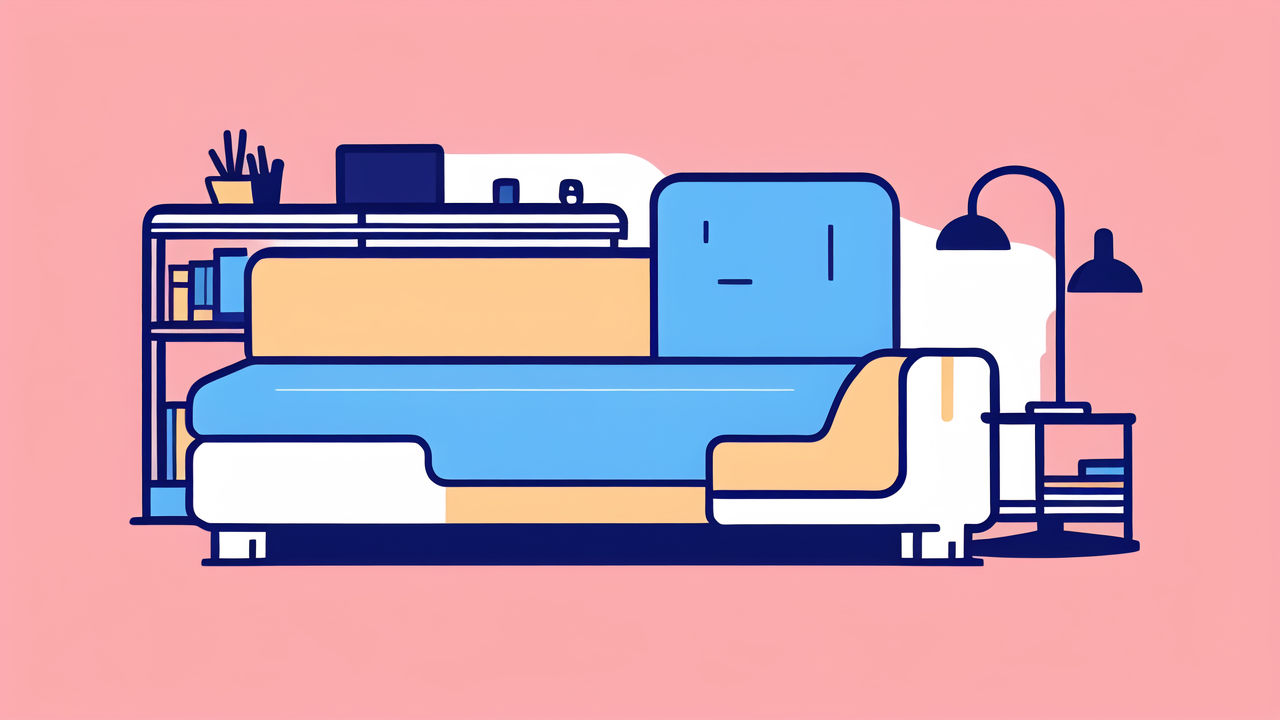
How modern design has changed the convertible concept
Modern design has revolutionized convertible sofas. Today's models are sleek, stylish, and highly functional. Designers focus on seamless transitions and hidden mechanisms. Many convertible sofas now look like regular couches. You wouldn't know they can transform until you see it happen. Materials have improved, making these pieces more durable and comfortable. Some sofas convert into beds, while others become chaise lounges or recliners. The lay flat recliner chair is a popular modern option. It offers comfort for sitting and sleeping. Advanced engineering allows for smoother, quieter transformations. This makes convertible sofas more appealing for daily use.
Key Features of High-Quality Convertible Sofas
Comfort and ergonomic design
Comfort is crucial in convertible sofas. Modern designs prioritize ergonomics in both sofa and bed modes. High-quality foam and supportive springs ensure comfort for sitting and sleeping. Many models feature adjustable headrests and lumbar support. This allows users to customize their seating position. In bed mode, mattress quality is key. Memory foam and hybrid designs offer superior sleep comfort. Some sofas, like lay flat recliner chairs, provide a smooth transition from sitting to sleeping. Ergonomic designs consider body alignment in all positions. This reduces strain and promotes better posture. Breathable fabrics and temperature-regulating materials enhance overall comfort.

Durability and build quality
Durability is essential for convertible sofas. These pieces undergo more wear and tear than standard furniture. High-quality models use sturdy frames, often made of hardwood or metal. Reinforced joints and heavy-duty mechanisms ensure longevity. Upholstery fabrics are chosen for their durability and ease of cleaning. Many manufacturers offer stain-resistant or removable covers. This makes maintenance easier and prolongs the sofa's life. The conversion mechanism is a critical component. It should be smooth, quiet, and built to last. Look for sofas with warranties on both the frame and mechanism. This indicates the manufacturer's confidence in their product's durability.
Versatility and convertibility
Versatility is the hallmark of modern convertible sofas. Many designs offer multiple configurations. A single piece might serve as a sofa, bed, and chaise lounge. Some models include storage compartments, adding functionality. Modular designs allow users to rearrange sections as needed. This adaptability is perfect for changing room layouts or needs. The conversion process should be simple and user-friendly. Many sofas now feature one-handed mechanisms or electric controls. This makes transforming the sofa quick and effortless. The ability to easily switch between functions increases the furniture's daily usability.
Integrating Convertible Sofas into Various Living Spaces
Small apartments and the multifunctional convertible
In small apartments, convertible sofas are game-changers. They maximize limited space by serving multiple purposes. A sofa bed can transform a living room into a guest bedroom. This eliminates the need for a separate guest room. Some models include storage, helping to declutter small spaces. Compact designs ensure the sofa doesn't overwhelm the room. Look for sleek, low-profile models that fit well in tight spaces. Consider sofas with built-in side tables or adjustable arms. These features add functionality without taking up extra room. Color choice is important in small spaces. Light colors can make a room feel larger and more open.
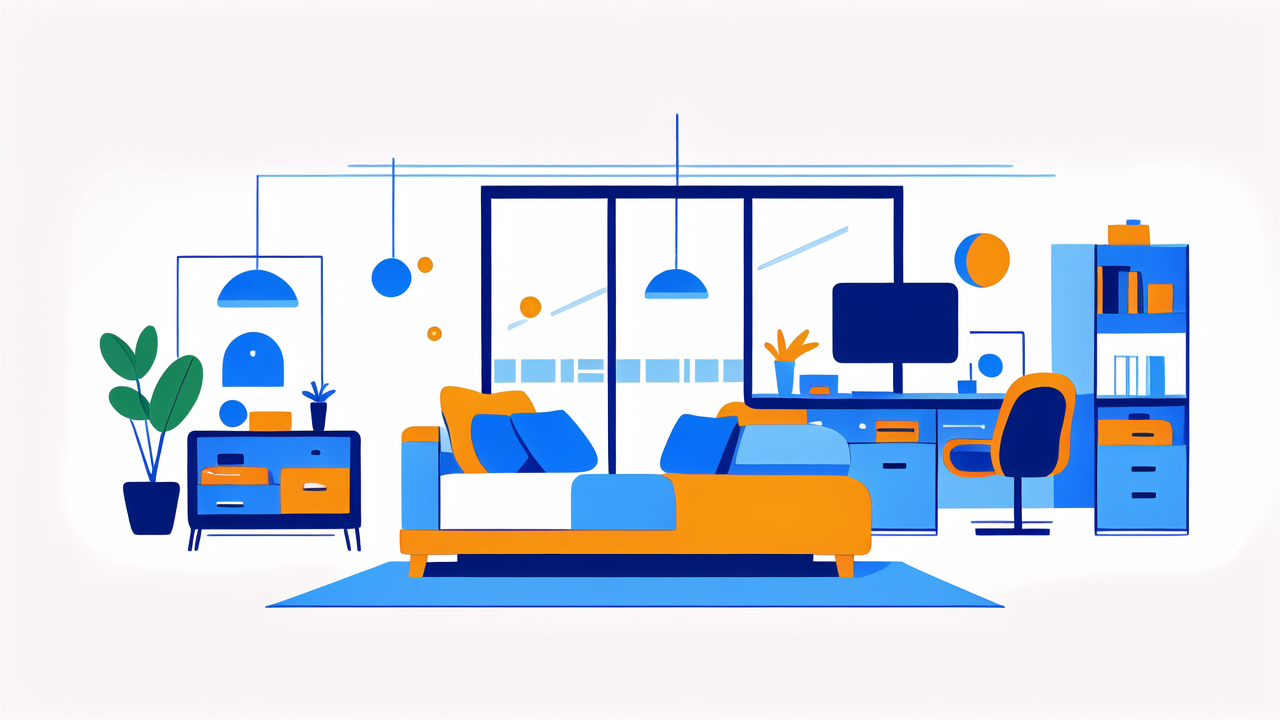
Spacious living rooms and the luxury of choice
In larger living rooms, convertible sofas offer flexibility and style. They can create distinct areas within an open floor plan. A sectional convertible sofa can define a conversation area. When guests stay over, it easily transforms into a comfortable sleeping space. High-end models often feature premium materials and elegant designs. These pieces can serve as stylish focal points in spacious rooms. Consider models with power recline features for added luxury. Some sofas include built-in USB ports or wireless charging pads. These modern touches enhance the living room's functionality. Large rooms allow for creative placement and multiple convertible pieces.
The office as a versatile space with convertible furniture
Convertible sofas are increasingly popular in home offices. They allow the space to double as a guest room when needed. A sleek sofa bed can provide seating for clients during the day. At night, it becomes a comfortable bed for overnight guests. Some models feature built-in desks or work surfaces. These are perfect for small home offices with limited space. Consider a lay flat recliner chair for a comfortable break during long work hours. It can serve as a relaxing spot for reading or quick naps. In shared office spaces, convertible furniture adds flexibility. It allows the room to adapt to different needs throughout the day.







